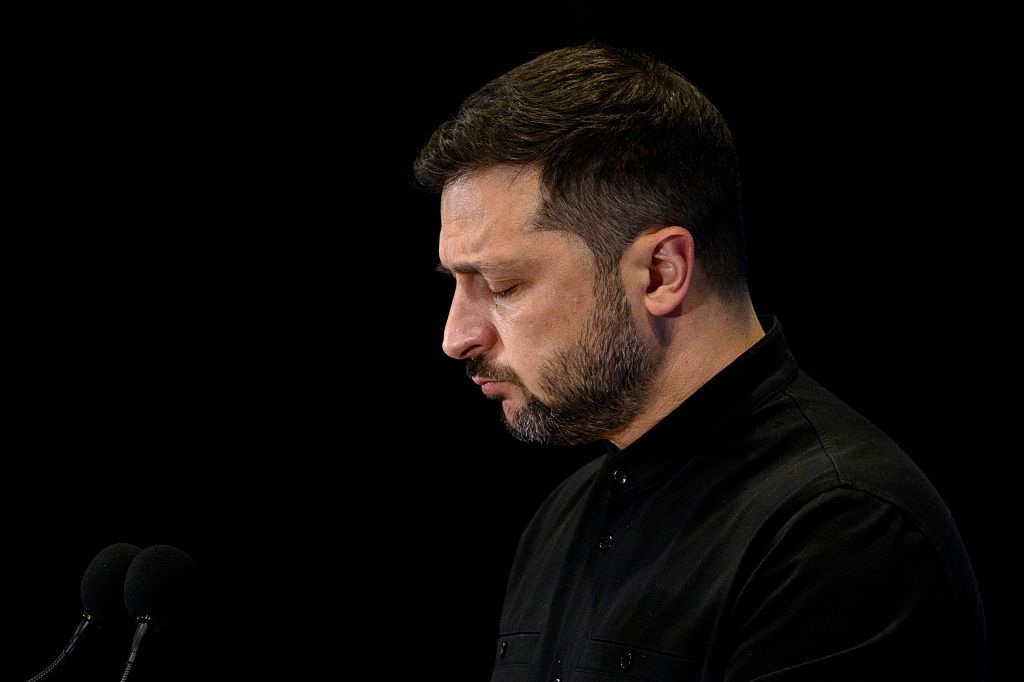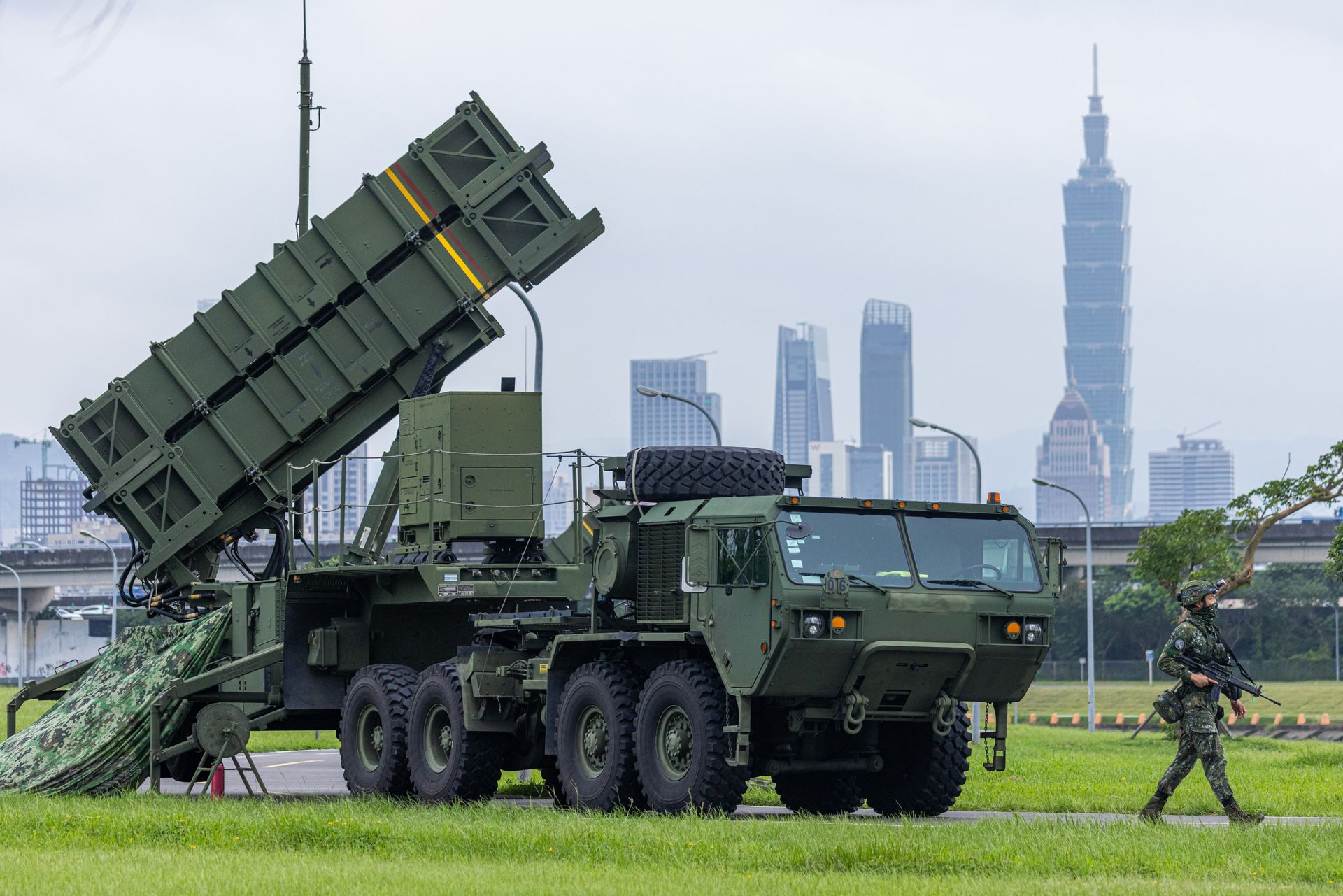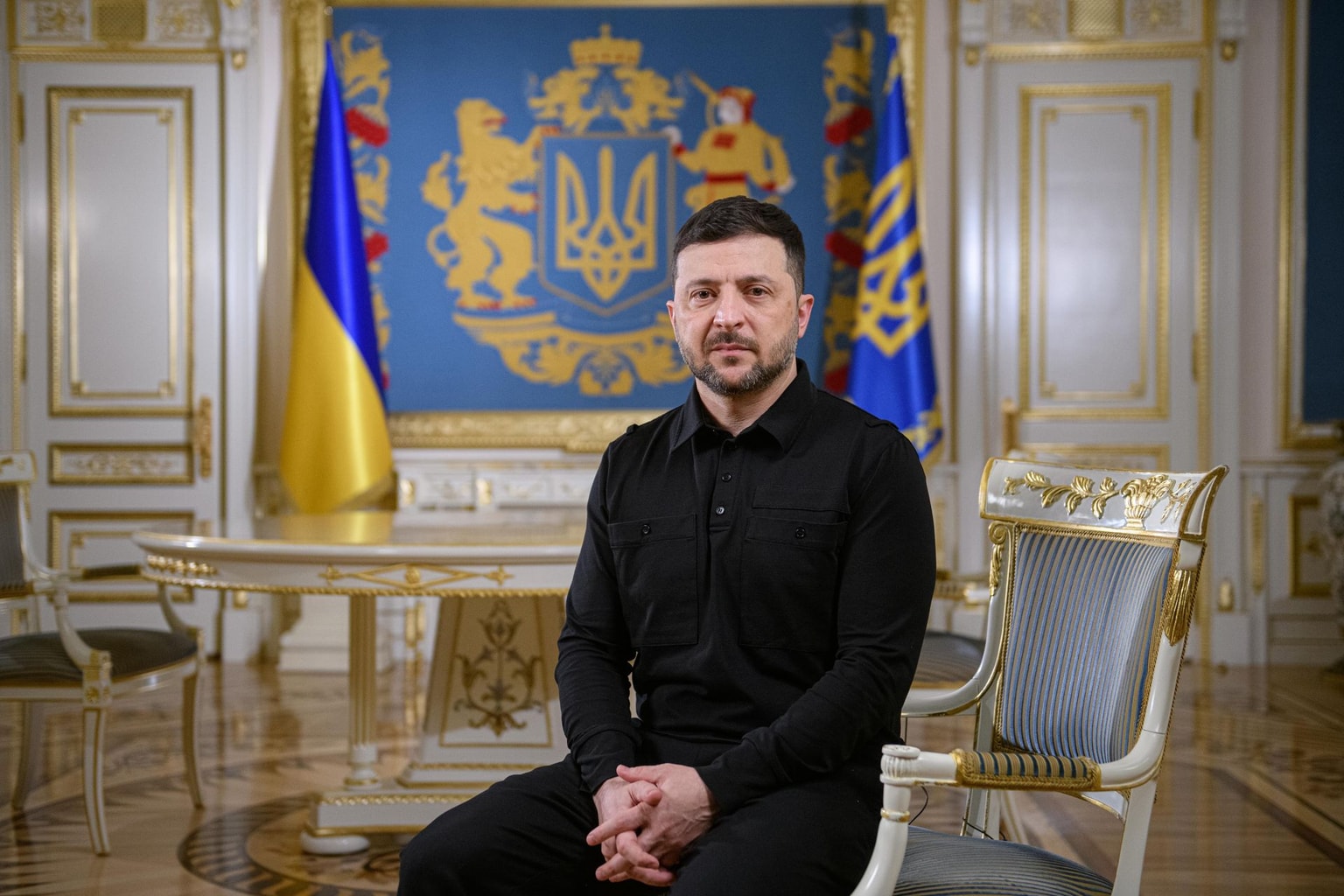Germany sending Ukraine 8th IRIS-T air defense system — here's what they can do

Berlin is preparing to send its eighth IRIS-T air defense system to Ukraine, Ukrainian Ambassador to Germany Oleksii Makeiev, said on July 24.
"Seven systems have already arrived, and the eighth is on its way," he said in comments reported by Interfax-Ukraine.
Berlin last year launched an initiative to bolster Ukraine's air defense, and has become one of Ukraine's leading suppliers of systems, pledging in September to send a total of 17 IRIS-T systems.
At the time, then-German Chancellor Olaf Scholz said Ukraine already had seven which had been used to shoot down more than 250 Russian missiles and drones.
The IRIS-T is an integral part of Ukraine's layered air defense system which consists of multiple different systems, most supplied by Western allies
The short-range system can hit a target at a distance of 12 km (8 miles) and at an altitude of up to 8 km (4 miles), while the medium-range system can reach targets at 40 km (24 miles) and at an altitude of 20 km (13 miles).
The IRIS-T launchers, which can carry eight missiles, are portable and can be transported on tracked platforms or trucks made by its German manufacturer, Diehl Defense.
"One of the IRIS-T's advantages is its mobility, which improves survivability," Fabian Hoffmann, a doctoral research fellow at the University of Oslo who specializes in missile technology, told the Kyiv Independent in September.
The missiles – which can reach a speed of around Mach 3 (1,020 meters per second) – are launched vertically, meaning there are no blind spots directly above the system.
They are equipped with a controlled thrust vector system that improves maneuverability, and an infrared guidance system that responds to heat radiated by the target (IRIS-T stands for "infrared imaging system tail/thrust vector-controlled.")
The missile is also capable of detecting heat traps, which Russia has equipped some cruise missiles with in order to make them harder to intercept.
Hoffmann highlighted the TRML 4D air surveillance radar used for the IRIS-T air defense system, which performs well including in so-called "cluttered environments."
"If you scan for something like cruise missiles or drones that fly fairly close to the ground, there will be trees, mountains, many buildings in the way, and you have to filter those out to discriminate the actual threat," Hoffmann said.
"The TRML is long-range with a great ability to filter out that clutter and a good ability to track incoming targets and then guide the interceptor to it," he added.
However, this radar, like the system itself, is not so effective against some of the weapons used by Russia in its attacks against Ukraine.

What air targets can't IRIS-T shoot down?
The German-made system is optimized to defend against low-flying subsonic and low radar cross-section targets like cruise missiles, but it is not capable of intercepting a ballistic missile, according to experts.
Ballistic missiles such as the Russian Iskander M or Kinzhal approach from a high altitude — up to 50 kilometers (31 miles) and 20 kilometers (12 miles) respectively — and then descend at high speed, up to 3,200 kilometers per hour.
And in most of its mass attacks, Russia has the highest success rate with ballistic missiles, John Hardie, deputy director of the Russia Program at the Foundation for Defense of Democracies, told the Kyiv Independent, adding that Ukraine so far relies mainly on the U.S.-made Patriot air defense system, to protect itself from such threats.
Ukraine is pushing hard to increase the number of Patriot systems it has — Kyiv has secured three new systems but has requested a total of ten, President Volodymyr Zelensky told journalists on July 24.
"I have officially received confirmation from Germany for two systems, and from Norway for one," he said, adding Ukraine was currently working with the Netherlands on securing another.
The development comes after U.S. President Donald Trump's July 14 announcement of a NATO- and EU-backed initiative under which alliance members will purchase U.S.-made weapons systems for Ukraine.
A complete Patriot system with interceptor missiles costs upwards of $1 billion.















